Table of contents
Who is Iansã?
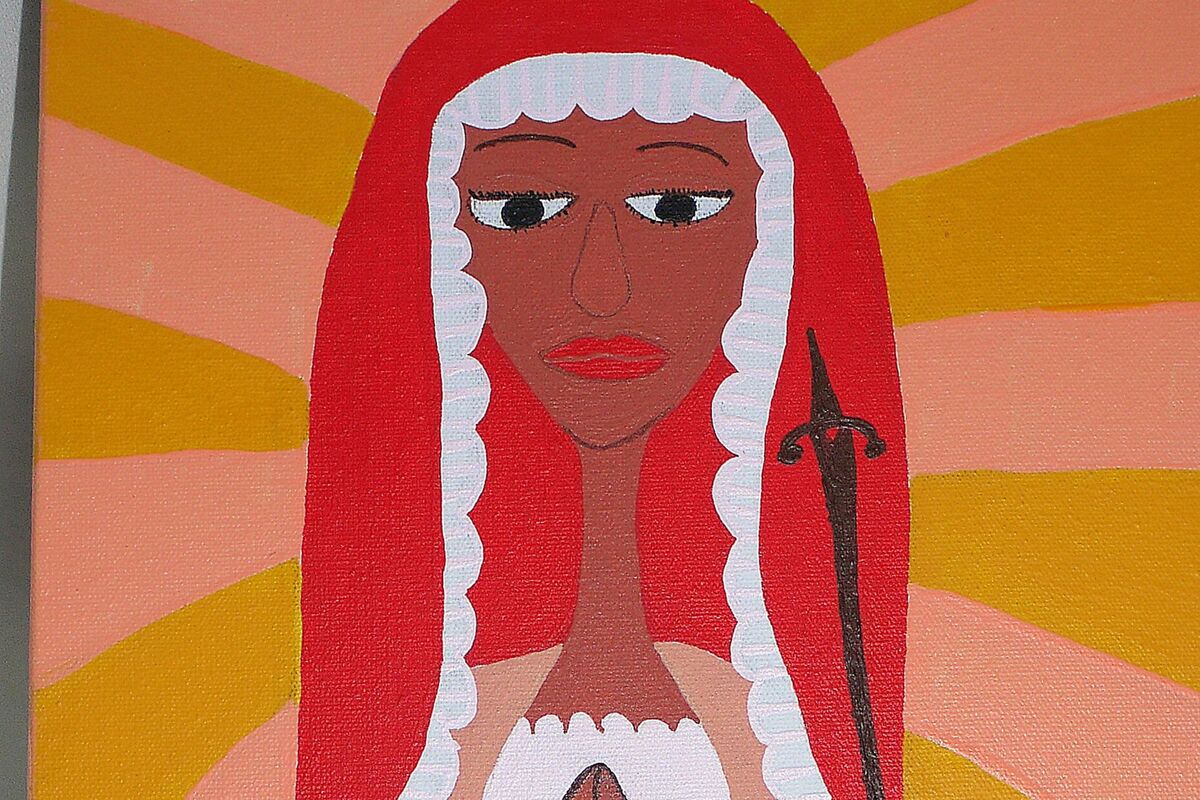
Iansã is a title of Oyá, a Yabá, that is, a female Orixá. There are several itans that explain the origin of this title, but the most popular is that Oyá received the title of Iansã for having nine children. Oyá is a Yabá warrior, lady of the winds and lightning.
She is one of the wives of King Xangô, a fire-bending Orixá, with whom she learned to spit fire, and go into battle, conquering new territories. Iansã had many loves and, with each male Orixá, she learned to master a different magic or handle a different weapon.
Besides that, she is also the Orixá who leads the spirit of the dead, right after they pass away, and who helps lost souls to find the light. Thus, Iansã is a queen Yabá, lady of the lightning, of the winds and of the storms, spitfire, mother of nine children, Orixá of war and conductor of the dead. To understand better about her and all these aspects, follow our article!
Getting to know Iansã
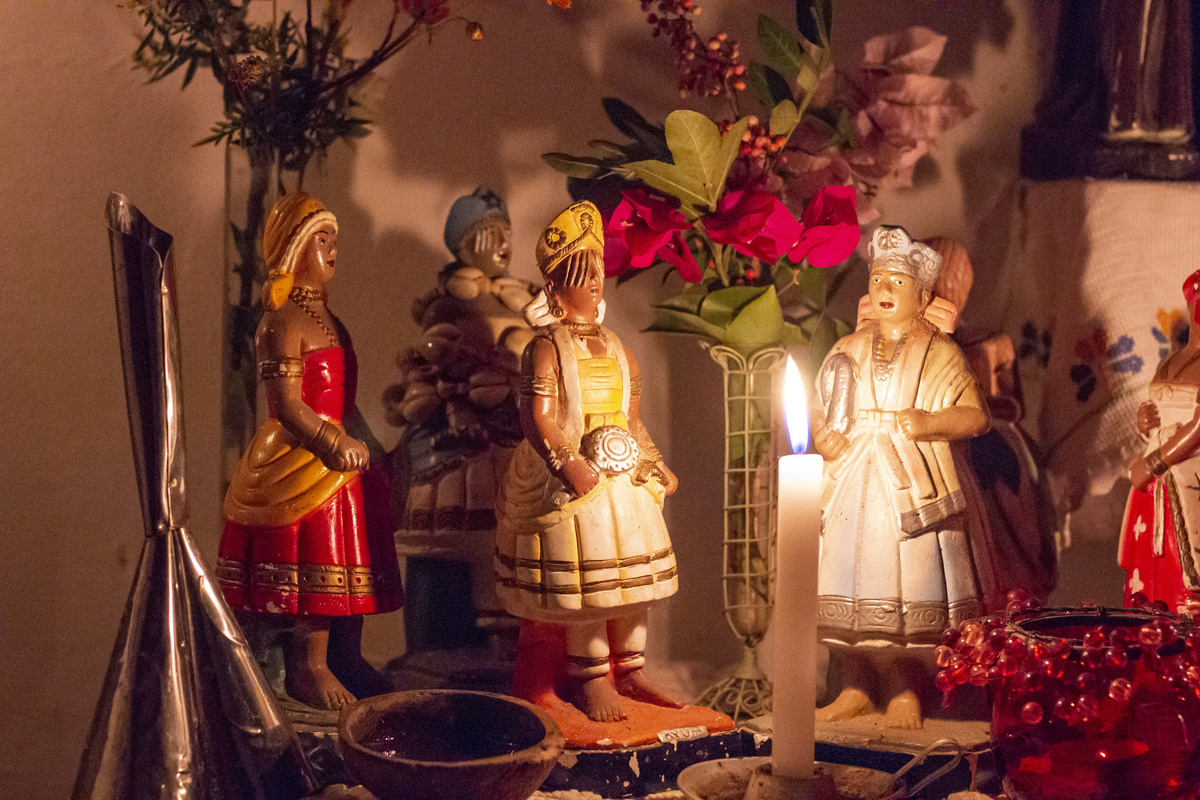
Iansã, or Oyá, is a quality of female Orixás who possess qualities of male orixás. Each attribute with which Iansã was gifted composes her range of abilities, making her as unstoppable as the wind. Understand more about her below!
Origin of Iansã
Oyá is the daughter of princess Ala, the fruit of a forbidden relationship. As soon as he discovered that his daughter was pregnant, the king threw her into the river. Some time later, a baby was found and offered to the king, who adopted it, seeking to redeem himself for the death of his daughter.
Later, the king discovered that the child was his true granddaughter and that he should return her to the river. Shortly thereafter, Oyá was found by the hunter Odulecê, her adoptive father.
Iansã in Brazil
Iansã is one of the best known orixás in Brazil. Her stories have been passed down from generation to generation, since the time when the worship of orixás was forbidden by slavers.
Without being able to worship their divinities as they should, far from their families and friends and surrounded by people of other peoples and nationalities, the black Africans created new ways to worship their gods, mixing practices and Itans from different places and seeking in Catholicism a disguise for their rituals. Thus, the Brazilian versions of the worship of this Orixá emerged.
Iansã's Dominions
The mythology of the Orixàs is based on the forces of nature and events considered supernatural. Therefore, it is common to find, among the Itans, stories that relate natural forces to a specific Orixà.
As such, Oyá is considered the Orixá who has dominion over the forces of storms, lightning, winds, tornados and typhoons. She is the personification of nature's fury, but is also present in the gentle breeze that soothes and refreshes.
Fire Element
Iansã represents the wind and the movements of the air, which is her main element. However, with each male Orixá she related to, Oyá developed a new ability, until she united with Xangô, her partner in life and conquests. Together, Oyá and Xangô formed the couple of dendê.
This nickname arises from the strong temperament of these Orixás, but also because they exercise dominion over fire. According to their Itan, Oyá went to the land of the baribas to seek the potion that allowed Xangô to spit and release fire from his nose. On the way, she ingested part of the potion, acquiring the same ability as her husband.
Animal that represents
The Orixá Iansã is represented by two main animals: the buffalo, of which she wears the skin and transforms herself to hide or protect her children, and the butterfly, which is part of the mythology of Oníra, a quality of Oyá who drowned and was saved by Oxum, transforming her into a butterfly.
There is also an Itan in which Oyá metamorphoses into a white elephant, to flee from an attempted rape. There are several qualities of the same Orixá, with different life histories.
Color
Iansã's colors range from red to earthy tones. In the traditional cult, her color is brown, but in Brazil, red became the most used color to represent her in Candomblé and yellow is used in some Umbanda houses. There are also Oyás that wear pink, in a salmon tone.
This hue is linked to Onira, who, according to the Itan, was a ruthless warrior and lived covered in the blood of her opponents, but when she entered the palace of Oxalá, the Orixá who wears white, he covered her with Efun, a sacred white powder that turned her robes pink.
Day of the week
Iansã, or Oyá, and Xangô form the couple of dendê. Together they share their domain. While Oyá represents the lightning, Xangô represents thunder. One is closely linked to the other. For this reason, the day of the week in which the Orixá must be worshipped is the same for both, being Wednesday.
On this day, her children light their candles and make their offerings, besides chanting and praying to the Orixá. It is a day of meditation, contemplation, thanksgiving and reflection. In Umbanda, Iansã is also worshipped on Mondays.
Number
Besides colors, regencies and animals, each Orixá has a regency number, which is directly linked to the itans about her. In the case of Iansã, the number nine is present even in her title "Ìyá Mésàn", which means mother of nine children.
Thus, the Itan says that Oyá could not have children, but made the sacrifice of a ram and was blessed with nine. Thus, from that moment on, everyone referred to her as the mother of nine children, Iansã (Yánsàn).
Salute
In the religions of African matrix, each Orixá has a specific greeting, which must be chanted with strength and joy, every time they arrive on Earth through the incorporation used at the beginning of the prayers, or whenever one wishes to call for the Orixá and ask for his protection.
Therefore, this greeting is a greeting, a way of saying hello and signaling that the Orixá is welcome and admired in this enclosure. In the case of Iansã, her greeting is "Eparrey Oyá!", which can also be written: Eparrêi Oyá!
Religious syncretism
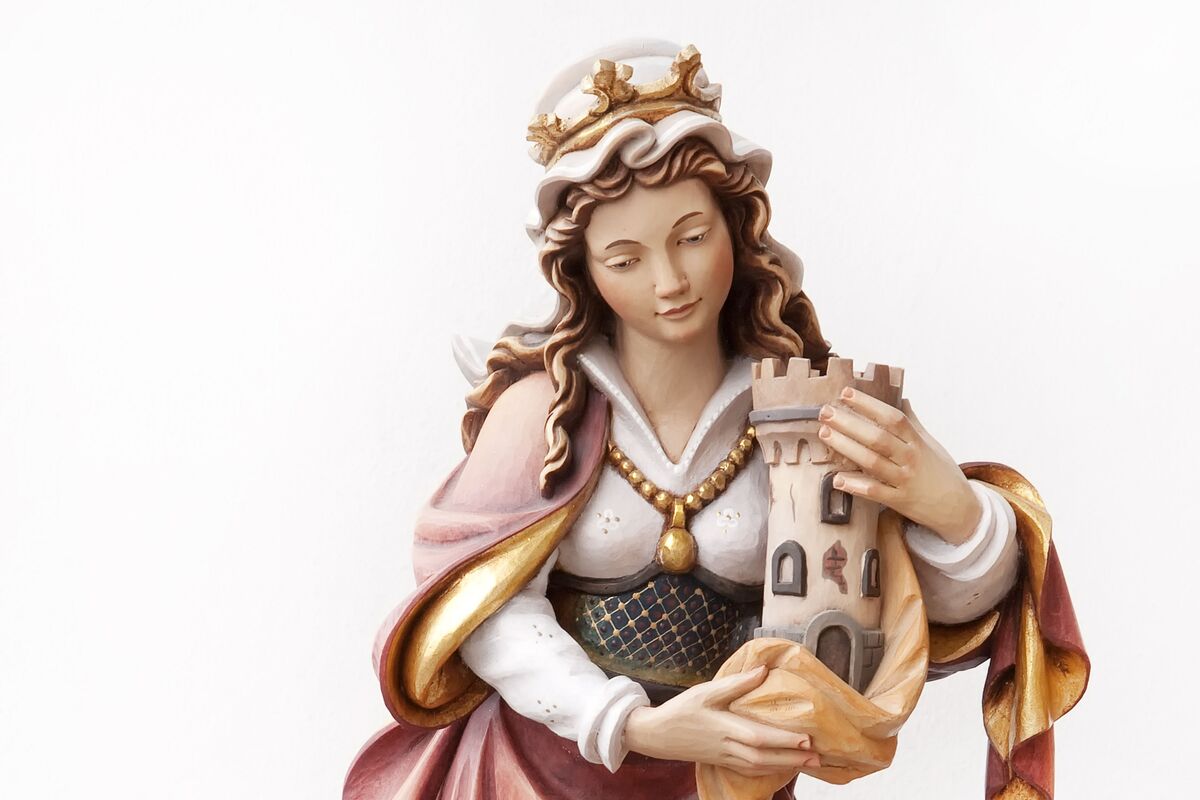
It is common to see Orixás and saints being related to the same force, according to their life stories. This was the way that enslaved peoples found to understand Christianity and worship their Gods in secret. Thus, check out the religious syncretism present in Orixá Iansã below!
What is religious syncretism?
In colonial Brazil, those who did not worship Christianity were persecuted, tortured and killed. Thus, the way out to maintain their faith and stay alive was to disguise their cults in prayers to Catholic saints. This practice enabled the resistance of the cult of Orixás, but also created distortions.
So, although they are very different religions to this day, Brazilian Catholicism is still permeated by the cults and practices of African religions. In the same way, they also incorporated elements of Christianity.
Who's Santa Barbara?
Saint Barbara was a young girl isolated in a tower by her father. Her upbringing was delegated to tutors, who taught her the principles of paganism. At marriageable age, Barbara refused her suitors and her father decided to allow her to visit the city, where she discovered Christianity and converted.
The girl was persecuted and tortured, being beheaded by her own father, who was killed by lightning. Since her beatification, Santa Bárbara is considered a protector against lightning and thunder and patron saint of those who work with fire.
Santa Barbara and Iansã
The life stories of Santa Bárbara and Iansã are different, but at the time of her death, Santa Bárbara was avenged by lightning and was considered a martyr of Christianity since the 3rd century and was later sanctified.
Life in captivity, death by religious persecution and the death of her executioner, added to the fact that she is considered a protector against lightning and thunder and patron saint of those who work with fire, made the enslaved Africans relate her to the domains of Yansã. In addition, they clung to the saint, asking for protection against their tormentors, ironically Christians.
Iansã Day
In the traditions of the African peoples, it is not stipulated an exact date for the worship of the Orixá. Even because, as far as we know, the worship of Orixás dates back four thousand years ago - at least two thousand, before the beginning of the count of the Christian calendar.
Thus, here in Brazil, the possible date of death of Santa Barbara is used to make the cult of Iansã in Umbanda and some strands of Candomblé, whose cults have suffered more Christian influence.
Characteristics of the Children of Iansã
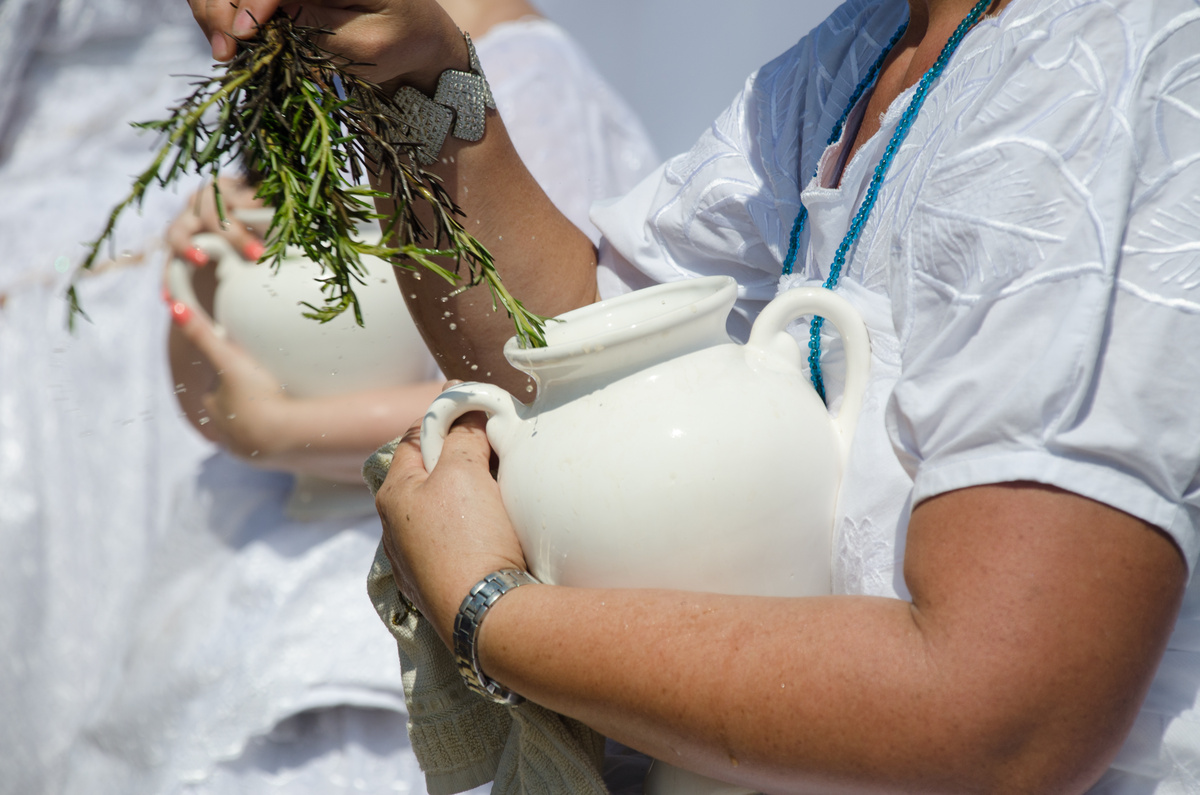
The children of Iansã are seen as strong, dynamic, sensual, hardworking, courageous and passionate people. Regardless of the religion you follow, the vibration of your orixá will always be with you and this may or may not show in some characteristics or passages of life. Check out the characteristics of the children of this orixá below!
Characteristics of the Children of Iansã
The male children of Yansã are strong and capable, disengaging themselves from life's problems with ease. Extremely warm and loyal, they are able to show deep emotions, but they are also controlling and difficult to deal with, tending to become vengeful if they feel betrayed.
In most cases, women are ruled by female orixás and men by male orixás, but it may happen that the person needs the strength of a specific orixá, at some point in his life trajectory, and is born under this regency.
Characteristics of the daughters of Iansã
The daughters of Iansã are strong, sensual, studious, curious and intelligent women who seek leadership positions. They are demanding and controlling mothers, but are deeply loving and their attitudes are often understood by their children as adults.
They are also courageous women and tireless workers. They cannot stand betrayal and suffer a lot until they find their life partner. They have a keen intuition and can develop a high degree of mediumship. They are naturally mystical and easily attracted to the occult.
Sons of Iansã in love
In love, the children of Iansã are intense, passionate, faithful and dreamers. They desire a solid and deep relationship, but tend to suffer betrayals, separations or widowhood. This is due to Iansã's odú, which deals with the energies of life and death.
Besides, they look for polite, kind, romantic, seductive and fiery partners. They want a companion who can handle their explosive temperament and their high level of demand. Therefore, their ideal partner should share the same intensity and burning desire.
Itans of Iansã
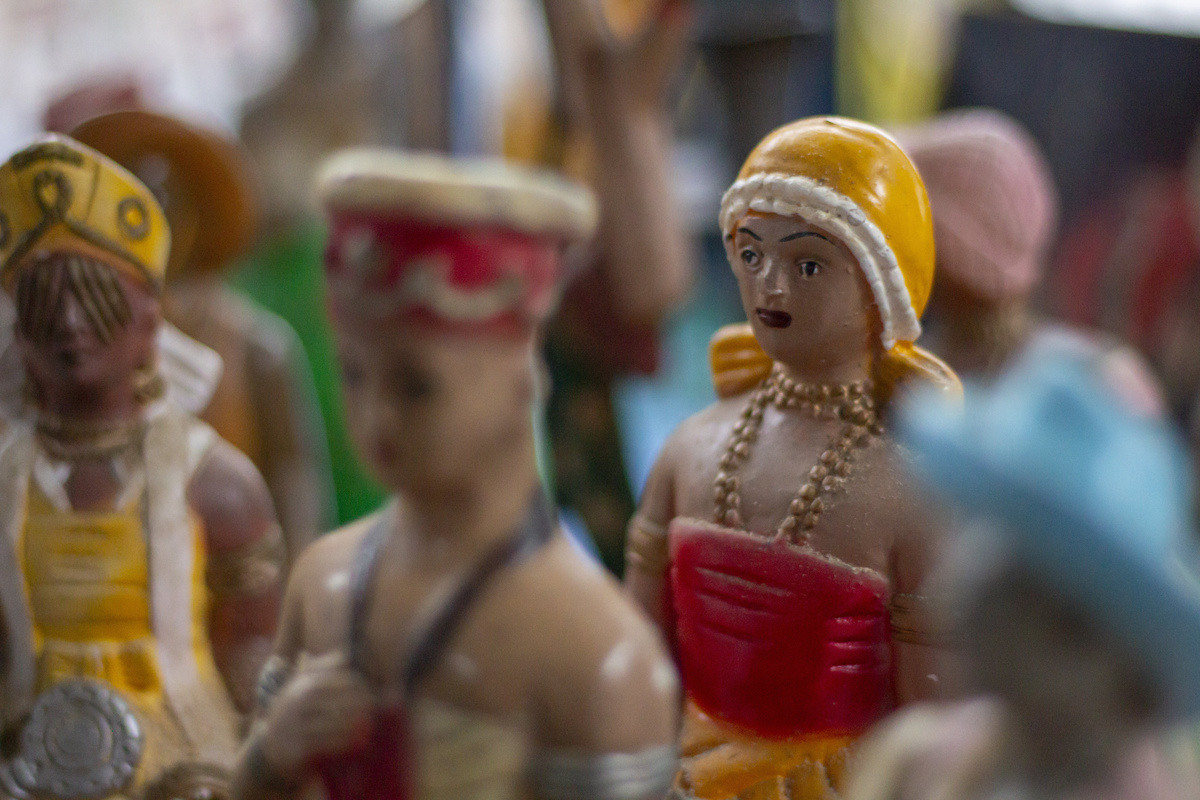
The Itansans of Iansã have variations, according to the mythology of each axé nation, as well as the origin of the people who brought her to Brazil. Therefore, you can find several versions for her birth, for the origin of Iansã's title and other parts of her history. Check out some of them below!
What is Itan?
Itan is the name given to the life stories of the orixás. It is through the Itans that the knowledge about each orixá is passed from generation to generation. Nowadays, it is possible to find books of mythological collections and even of teachings and prayers to the Orixás.
But its tradition remains oral, especially within the houses of saint, where the mysteries of the religion are preserved and shared as one moves up the religious hierarchy.
Itan of Iansã and Obaluaê
In the religions of African matrix, the Itans of Iansã with Obaluaê, or Omolu (which, for some nations, are names of the same Orixá and, for others, are Orixás brothers), have some variations. Some deal with a great friendship between the two Orixás, while others talk about having been married.
Among the Itans involving these two Orixás, the best known is the party in the palace of Xangô. Obaluaê went to the party wearing his straws, even though he was not invited. Everyone left, except for Iansã, who danced with him and made the wind transform his wounds into popcorn, revealing the beauty of this Orixá.
Itan of Iansã and the buffalo
In the Itan of Iansã and the buffalo, Oyá possesses a buffalo skin which, when she puts it on, metamorphoses into this animal, thus going unnoticed by men. According to this Itan, Oyá walks in the woods dressed as a buffalo, while Ogum, believing it to be the animal, hunts her.
Ogum falls in love with Oyá's beauty, steals and hides her skin, and goes to the market to ask her to marry him.
Itan of Iansã and Ogum
According to the Itan, after asking Iansã to marry him, Ogum is scorned by the girl, who goes into the forest to get her skin. When she arrives at her hiding place, where she had hidden her skin, Oyá realizes that it has been stolen.
Soon, Iansã realizes that it was Ogum who stole her, and that if she does not marry the boy, she will never get her skin back. So, Oyá returns to the market and accepts the request, but not before demanding that Ogum never reveal his secret.
Itan of Iansã and the magic horns
In the Itan of Iansã and Ogum, the magic of their horns is revealed. Oyá has nine children with Ogum and becomes called Iansã, arousing the envy of the Orixá's other wives. Then, in a plan to drive her away, the wives get Ogum drunk, who reveals Oyá's secret. Thus, the wives begin to instigate Oyá, giving clues to the place where Ogum hid his skin.
In this way, Oyá becomes furious, regains her skin, and attacks everyone in the house except her nine sons, handing them her horns and revealing that by rubbing them against each other, she would hear them wherever they were and come to help them in their afflictions.
Itan of Iansã spreads the leaves of Ossaim
The Itan of Ossaim and Iansã tells that Ossaim exercises dominion over healing through herbs, knowing which plant to use and how to use it. For this reason, Xangô felt outraged at having to resort to Ossaim whenever he was wounded in battle. Thus, he set up a plan to steal the leaves and asked for Oyá's help.
The plan was to wait for the day when Ossaim would leave his gourd of leaves hanging on an Iroko branch and have the winds of Oyá scatter them. Oyá did so and all the orixás had access to Ossaim's leaves.
Offerings to Iansã
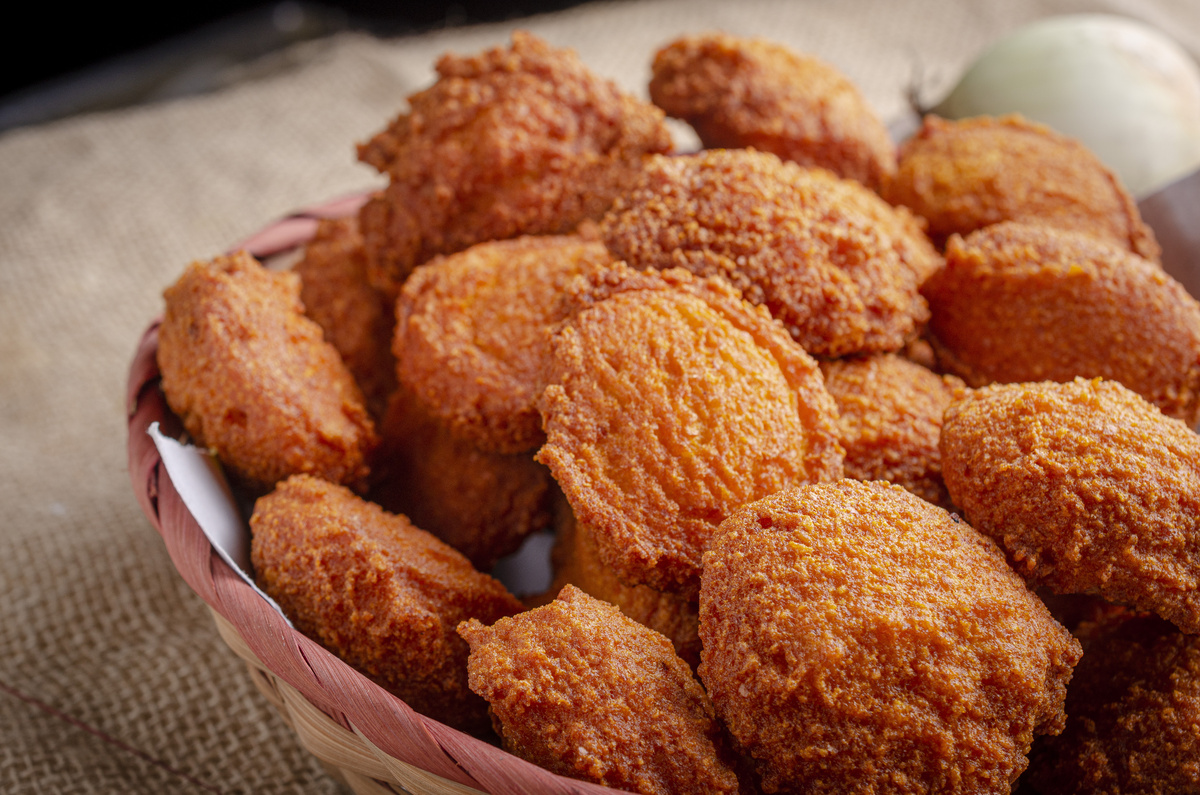
The offerings to Iansã should always be made on Wednesdays or Mondays. To the Orixás are offered their favorite foods and objects of domain, to ask for blessings and protection in their paths, whenever necessary or that your heart feels it should. So, check out how to make these offerings to Oyá!
Acarajé for Iansã
According to her story, Iansã was sent by Xangô to fetch the magic potion that made him spit fire. But, in one version of the Itan, the potion was delivered in the format of acarajé cookies and, suspicious, Oyá tasted it before delivering it to her husband.
This event made them become the Dendê couple and, since then, acarajé cookies are offered to Xangô and Iansã in worship, always on Wednesdays or Fridays.
Abará to Iansã
It is a good option to offer the abará to Iansã on Mondays and Wednesdays. Besides Iansã, this dish is also offered to Obá and to the Ibejis. Although it is less popular, the recipe for the abará is practically the same as the acarajé.
The main distinction between the two preparations is that the abará is cooked, while the acarajé is fried. For this reason, they say that the acarajé represents the ember and the abará represents the ember cooled by pure and true love.
Corn cobs for Iansã
It is possible that the explanation for this offering lies in her relationship with Xangô, the Orixá who has corn as one of his favorite foods.
This offering is the least common and the simplest to prepare, just cooking whole ears of green corn and covering them with honey. It is said that it is a food very appreciated by this Orixá, but not all axé nations prepare it.
How do I know if I am a son of Yansã?
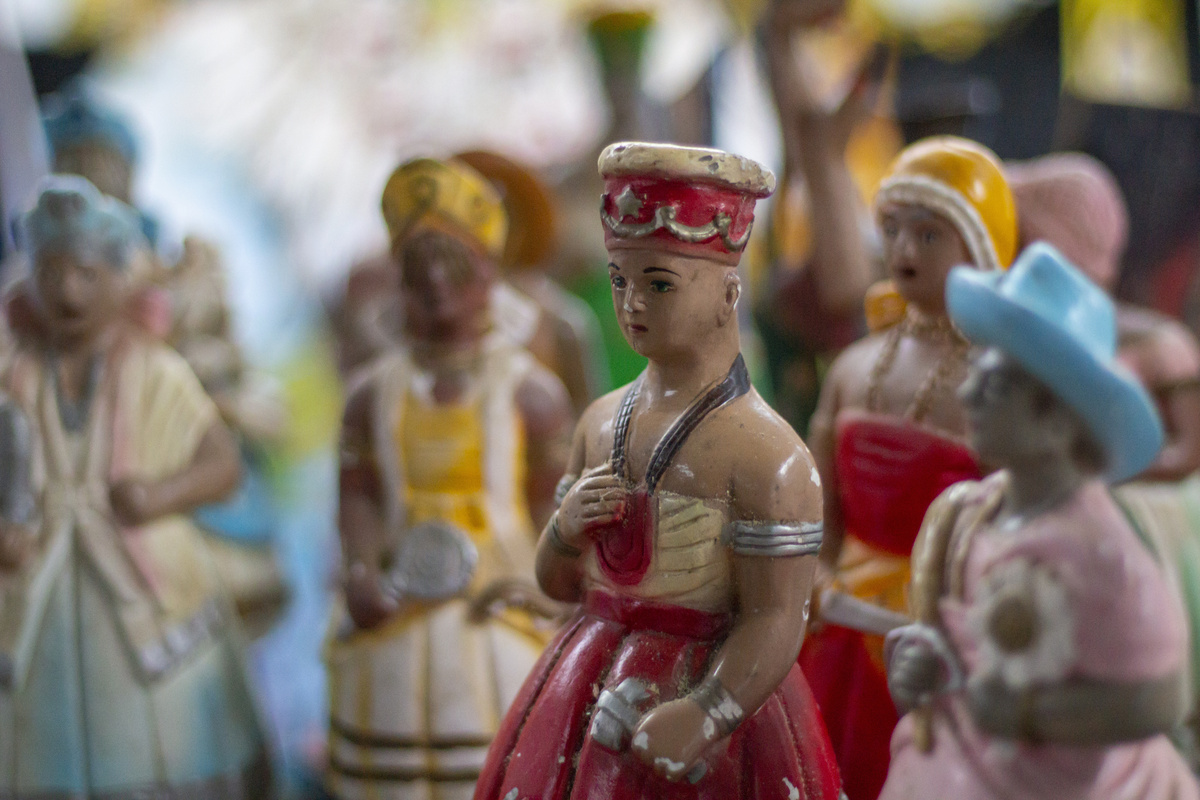
To know if you are son of Yansã or any other Orixá, it will be necessary to consult the Ifá, the game of Búzios. Nowadays, it is possible to find many sites teaching several ways to discover which would be your Orixá, many offer numerological calculations or analysis based on passages of your life or personal characteristics, but nothing of this has real foundation.
In this way, the mysteries of the Orixás are not shared publicly, since many of them are only passed on to those who reach the highest degree in the hierarchy of the African matrix and, even then, are transmitted orally, so that they do not fall into the wrong hands.
Therefore, the only reliable way to discover your head Orixá is to consult the game of shells of an axé zelador you trust.

